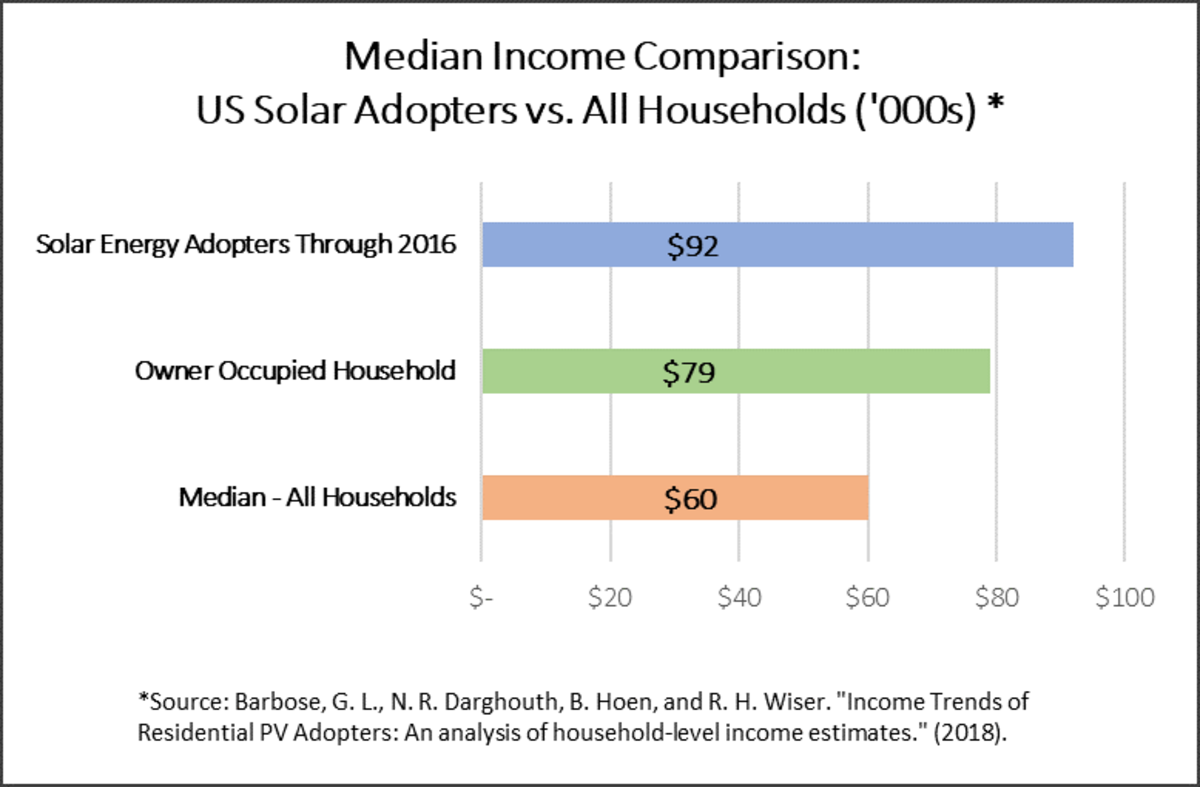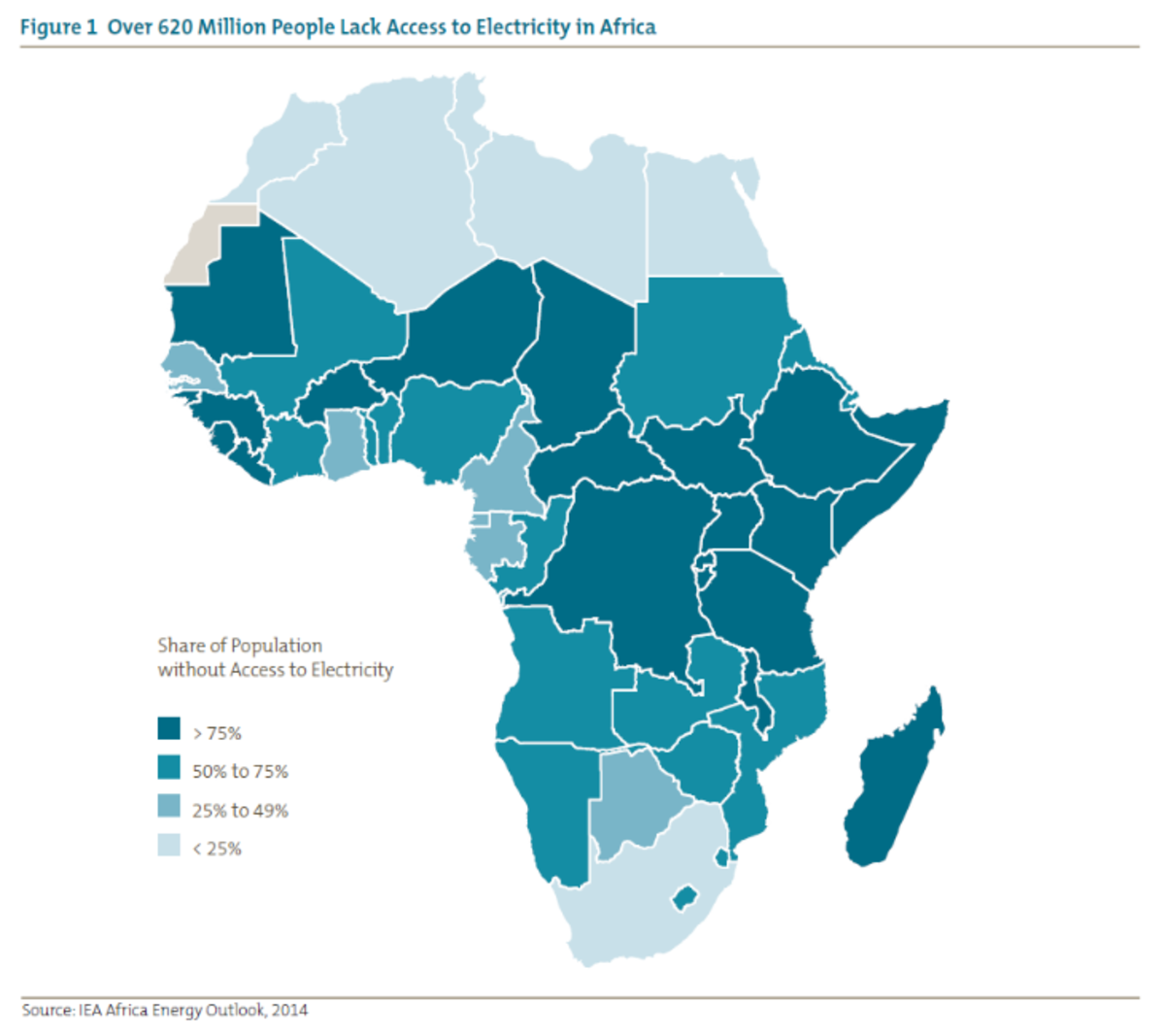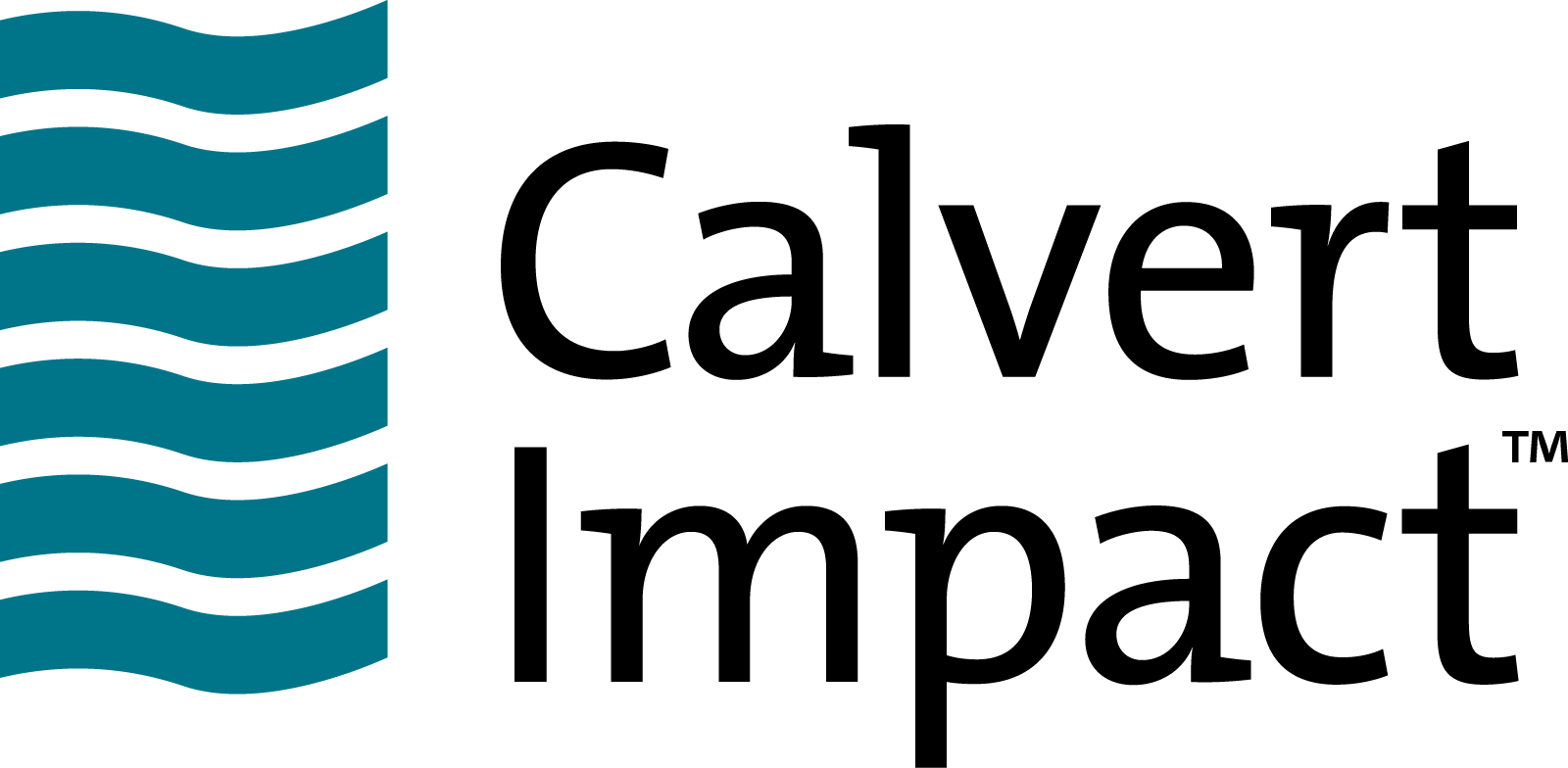Blog
Energy Access at Home and Abroad: Bringing Clean Energy to New Global Communities

For Climate Week, Investment Analsyst Caroline Chinhuru shares her insights on renewable energy around the world.
When we talk about renewable energy in the US, it’s often from the perspective of climate change and our individual responsibilities to adopt sustainable living practices. This conversation is important, but it overlooks the key challenges of access and affordability, as well as the transformative impact that renewable energy can have on the lives of individual users, that isn’t captured by measuring the reduction in their carbon footprint. The reality is this: those who stand to benefit the most from renewable energy often face the highest barriers to access. Fortunately, there’s an emerging group of businesses targeting these populations with global solutions ranging from on-bill energy financing across US states like Michigan to PAYGO solar in Kenya.
Solar Energy in the States: Improving Energy Access for Low-Income Communities
In the US, low-income households spend an average of 7.2% of their household income on utilities – proportionally more than twice as much as the median household1. Access to solar energy can help reduce this burden by giving households the option of a decentralized energy source at prices below traditional utilities – particularly as the cost of solar installation continues to fall globally, with installation costs falling by 70% since 2010 to under $2 per watt in 20172. In most states, the energy savings of solar are more than $10,000 over 20 years.

Pairing renewable energy with energy efficiency measures, like our borrower PosiGen does, is a critically important strategy to improve energy efficiency and further reduce the cost of energy for lower-income homeowners. However, most low-income households cannot take advantage of these energy saving opportunities due to the high upfront costs. These households often don’t have access to traditional solar financing tools, like long term leases that can spread costs over a longer period, due to solar installers’ high credit score thresholds or other rental restrictions. On-bill financing is one solution to this problem.
On-bill financing refers to a scenario whereby a third party or utility company covers the initial cost of installation and a fee, added onto monthly utility bills, is used as the method of repaying that initial cost. These programs allow consumers to spread out the cost of solar installation, making solar more accessible and providing a repayment method that consumers are familiar with. In most cases consumers prioritize paying off utility bills before the majority of their other bills, with the exception of rent and mortgage payments, which can give investors who provide the capital for the upfront installation cost, some comfort3. From their genesis in 1990 to 2014, on-bill financing programs have provided $1.8 billion of energy improvement financing, including solar installation, to mostly residential consumers in 30 states4.
Despite these gains, significantly more capital is needed, from a wider variety of investors, in order to meet the renewable energy gap that is most stark in low-income communities.
Solar Energy Abroad: Connecting Off-Grid Populations to Solar Energy Solutions

There are large swathes of the world where people not only lack access to affordable energy, but also lack access to any electricity infrastructure. This problem is most extreme in Sub-Saharan Africa where, as of 2014, over 600 million people– nearly 60% of the population – do not have any access to electricity, renewable or otherwise5. Based on current trends, the number of people in Sub-Saharan Africa who rely on biomass for cooking is expected to rise to 823 million by 20306. These energy sources can have dire health effects, with studies linking indoor biomass burning to acute respiratory infections in children, pulmonary tuberculosis, cataracts, blindness and a whole host of other conditions7, including premature death, and is estimated to contribute to 2.9 million annual deaths globally8.
One of the breakout solar solutions in this part of the world is PAYGO solar which, like on-bill financing, allows consumers to spread out their solar cost as they use the energy provided, albeit with much smaller solar units that power a more limited set of products. The growth of PAYGO solar has been driven by the advent of mobile money technologies which facilitate the consumer repayments.
Investors again play a critical role in providing the capital that funds the upfront cost of the solar units with repayments flowing back as consumers use the solar devices. The beauty of the product is that consumers pay only for what they use, allowing them to manage their costs while benefiting from a cleaner energy source. In the last two years, over half a billion dollars has flowed to companies like Off Grid Electric, a former borrower, who collectively serve over 73 million households in Sub-Saharan Africa. Yet this is just a drop in the bucket, as the top companies in the market have a capital need of over $5 billion over the next five years9.
Gaps and Opportunities: How Private Investors Can Support Energy Access
The widespread lack of access to energy across the globe presents investors with a prime opportunity to invest for impact: to address a market gap, decrease harmful greenhouse gasses, and improve quality of life for hundreds of millions of people across the globe. Calvert Impact Capital has committed more than $35 million in financing to the renewable energy sector since 2012, a number that is expected to grow, with partners that are addressing the twin challenges of access and affordability.
By investing in these types of organizations, Calvert Impact Capital allows investors to support a broad range of energy solutions all around the world, which we know is top concern of our investors. As the world works towards a more sustainable future, it’s important to remember that clean energy is only part of the challenge; we must commit to supporting increased access to energy that is clean, efficient, and affordable for all.
1 According to a 2016 report from the American Council for an Energy Efficient Economy (ACEEE) and Energy Efficiency for All (EEFA) that studied the 48 largest US Cities.
2 https://www.seia.org/solar-industry-research-data
3 http://www.perc.net/wp-content/uploads/2013/09/bizcase_0.pdf
4 https://www4.eere.energy.gov/seeaction/system/files/documents/onbill_financing.pdf
5 http://documents.worldbank.org/curated/en/364571494517675149/pdf/114841-REVISED-JUNE12-FINAL-SEAR-web-REV-optimized.pdf
6 https://www.oxfamamerica.org/static/media/files/oxfam-RAEL-energySSA-pt2.pdf
7 Arbex, Marcos Abdo et al. (2004). Biomass burning and its effects on health. (2004)
8 https://ssir.org/articles/entry/the_moral_imperative_of_clean_household_energy
9 Dalberg Advisors and Lighting Global: Off-Grid Solar Market Trends Report 2018





